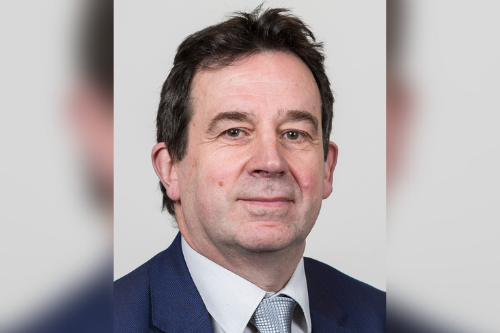
Read more: BAE Systems global director on the five trends shaping the evolution of insurance fraud
So, in keeping with that old adage about honey and vinegar, Harris first addressed what insurance businesses tend to do well in this area.
“Data sharing is a key aspect,” he said, “and insurance has got so much to teach the rest of financial services. They’re lightyears ahead of banking – if you look at banking, for example, we talk to banks, and they can’t even share information between their own branches in different countries. So, insurance has really blazed the trail when it comes to data sharing.”
This is particularly relevant considering the rising attention being paid to a public-private partnership solution to fight financial crime, he said. The reality is that an individual insurer is never going to be able to solve this issue in a silo, but rather just put a sticking-plaster on the problem. The only way to truly offset widescale financial crime is by establishing an accessible and sizeable pool of data and centralising it to the benefit of the wider profession.
“When it comes to pricing, I think insurers offer very good value,” he said. “And they’ve got fantastic processes in place for understanding what their risks are, and for balancing premiums against their expected payouts. It’s a very stable industry and you don’t see too many insurers going under, so I think it’s really well-managed from that perspective.”
An area that is more of a mixed bag for the sector is the challenge of compliance, which is an area in which BAE Systems handles a variety of clients. Whether it’s to do with money-laundering, KYC or watchlists for terrorist funding, insurers tend to do an OK job, he said, but this is going to be an area where they will soon be feeling a lot more pressure. That pressure, in turn, will inevitably fall on the brokers as well, as due diligence around the customer onboarding process will be emphasised – not just from a fraud perspective, which implies loss, but also from a compliance perspective.
“So we’ve got a number of customers on the compliance side, and I think that’s going to escalate and potentially move into the broker market as well,” he said. “That’s mainly on the life side, for now, because that’s where you have the biggest premiums, and the biggest potential payouts. It’s less on the P&C side, but we do have a number of our life insurers asking us more about putting some checks in place to make sure that they are meeting the regulations around financial crime compliance as a whole.”
Read more: What are the new insurance fraud trends to be aware of?
Where insurers tend to be quite poor is when it comes to offering additional services to their customers, Harris said, as all too often it’s the case that they sign up a customer and then don’t contact them again until renewal time. Insurers are making inroads with this, but there’s still a lot more they can do – especially when their customer interaction is compared to other industries, such as the banking sector.
“Their knowledge of their customer on the back of that tends to be really poor,” he said. “They have so little information about their customer where various other financial institutions are always trying to engage and interact with their customers in order to learn more about that customer behaviour. That’s so important for fraud because you can only identify the bad guys, if you know what a good guy looks like. When you know what a good profile is, you can spot the outliers. And that’s not just from a fraud perspective, but also from a risk-analysis, and cost-analysis, and an underwriting perspective as well.”



